CLP Session
Day2
Thursday 18th Sept
09:00-02:15
Title: Arch-Wise Distraction of the Cleft Maxilla
Time: 9:00 - 10:30
Speaker: Prof. Dr. Arzu Arı Demirkaya

Title: Eight Years of Nasoalveolar Moulding Experience in Jordan: Benefits and Outcomes
Time: 10:30 - 11:15
Speaker: Dr. Raghda Shammout

Time: 11:15-11:30 Coffee break
Title: CLP Management Protocol at The Royal Jordanian Rehabilitation Center
Time: 11:30 - 11:50
Speaker: Dr. M. AlBdour
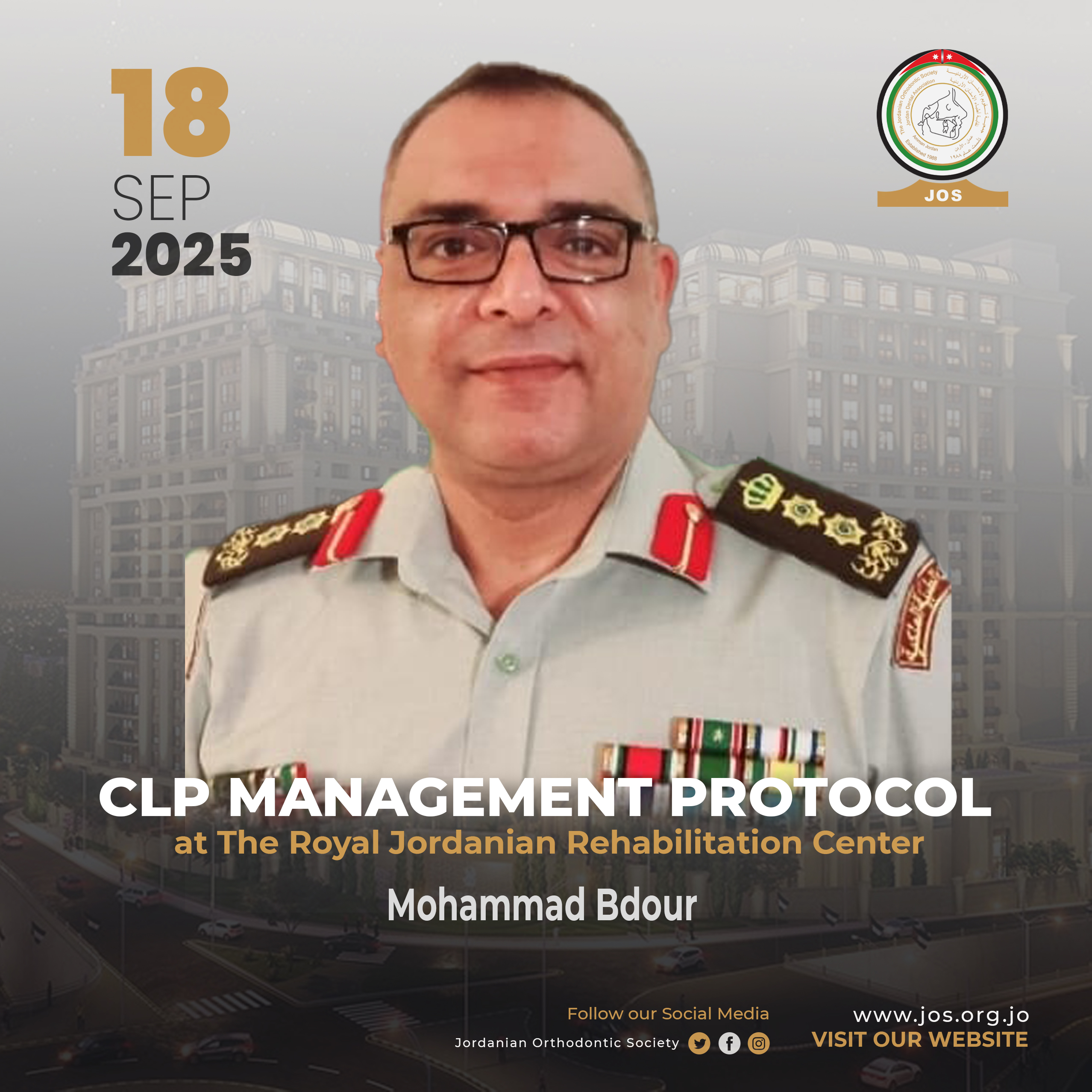
Title: Answers from the Frontline: Navigating Presurgical Orthopedic Molding in Cleft Management
Time: 11:50 - 12:20
Speaker: Dr. Abdallah Halhouli
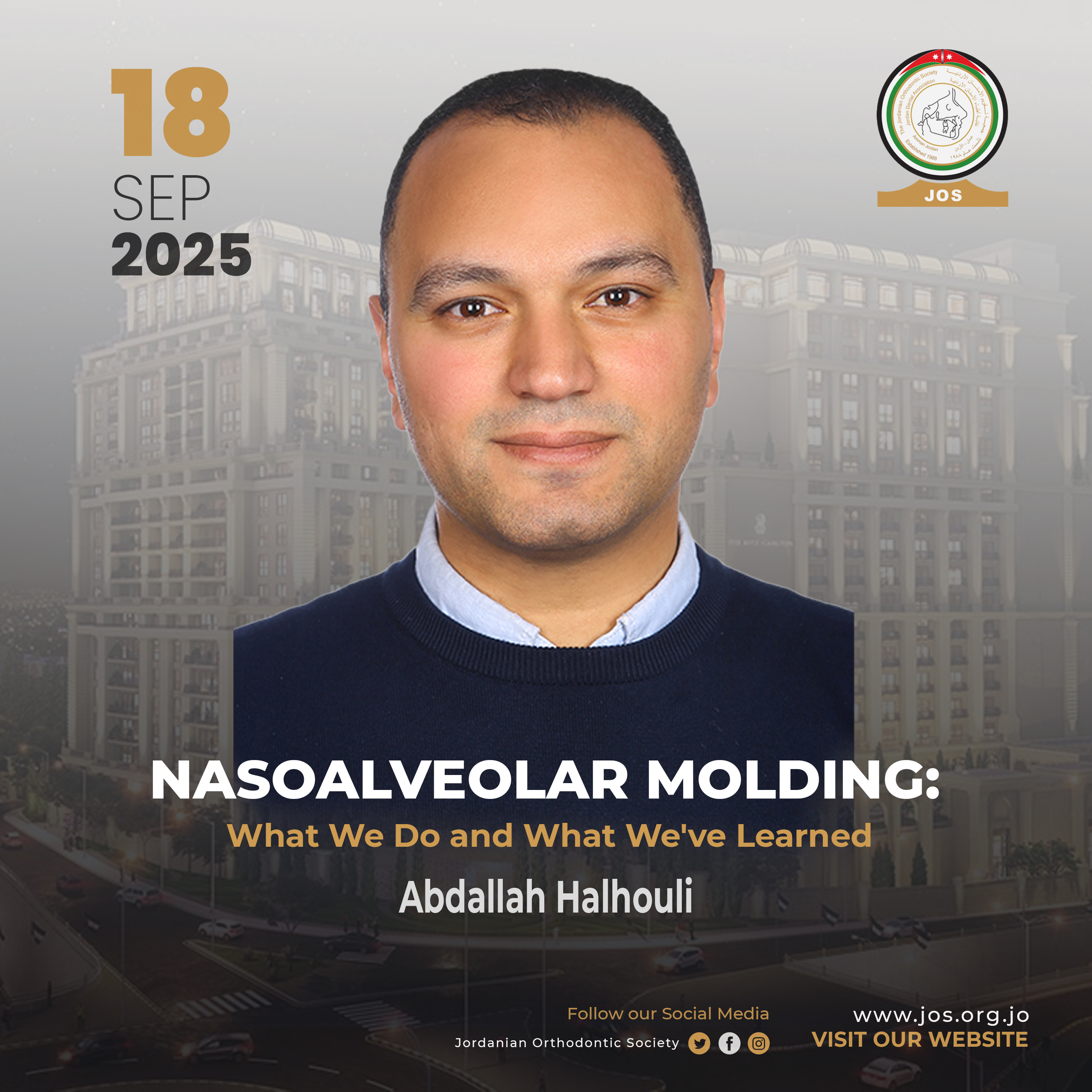
Title: Outcome of long term ventilation tubes to treat middle ear effusion in cleft palate patients
Time: 12:20 - 12:40
Speaker: Dr. Mona M. Otoum
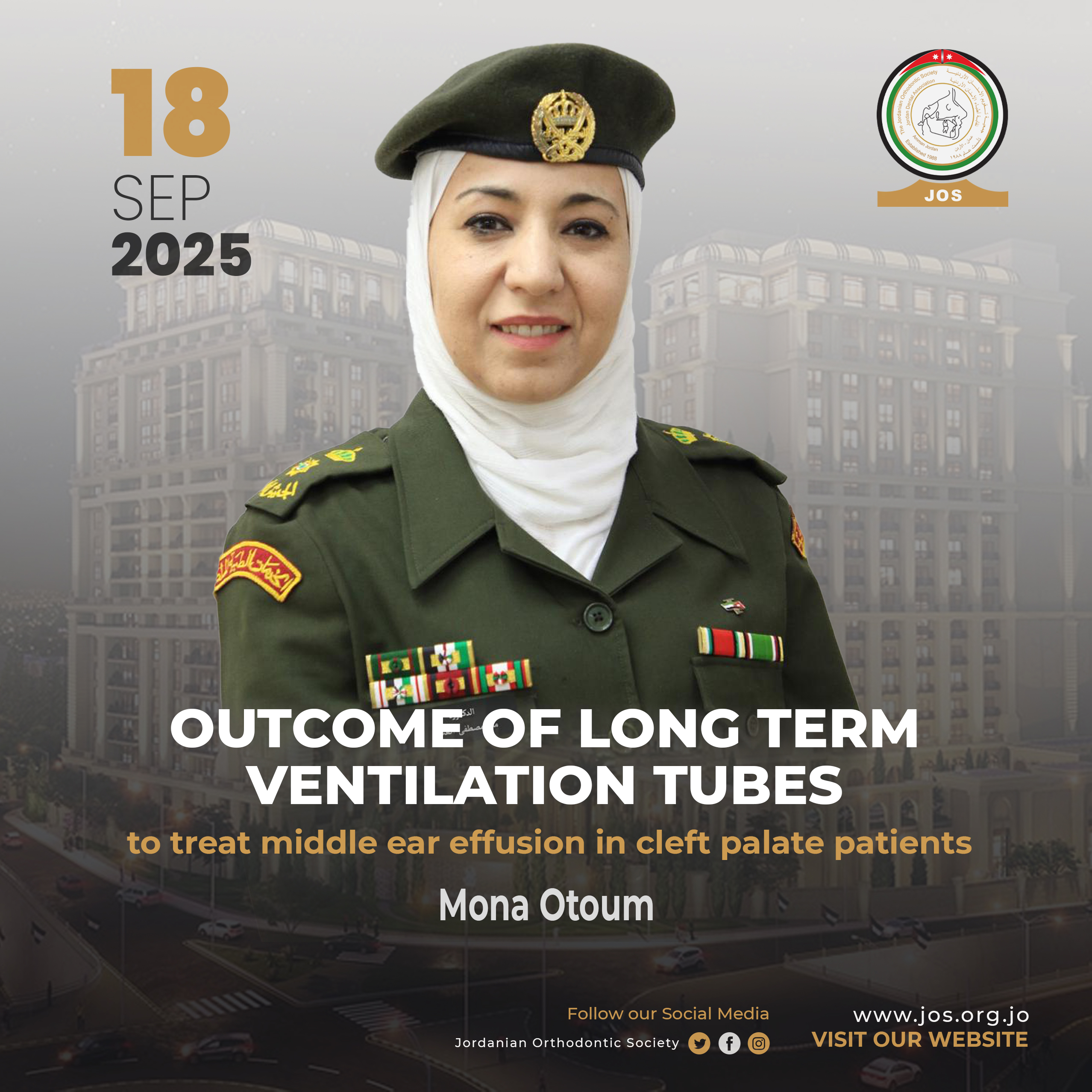
Title: Beyond the Face: Brain Structure Alterations in Non-Syndromic Cleft Lip and/or Palate
Time: 12:40 - 01:00
Speaker: Dr. Nadine AlHmoud

Time: 01:00-02:15 Lunch Break
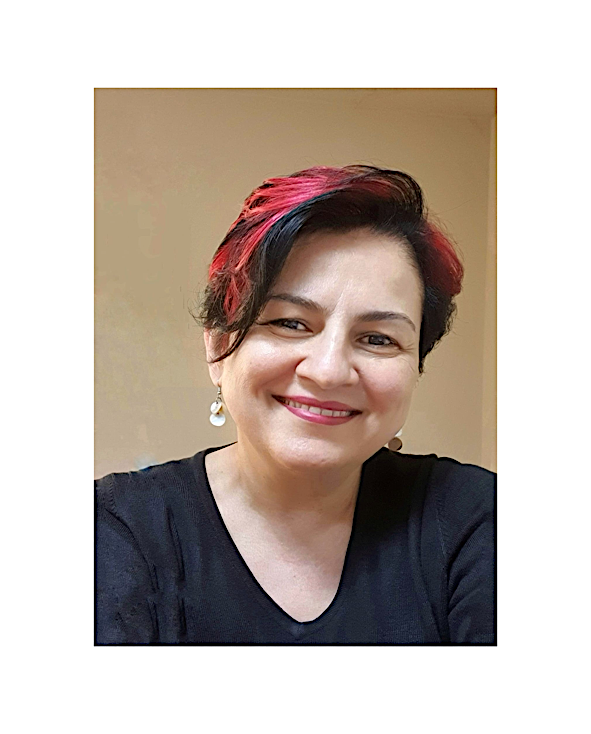
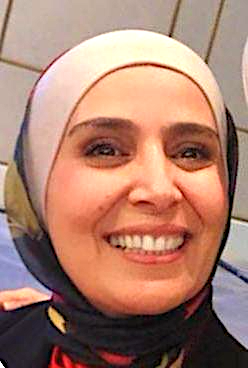
- Consultant Orthodontist
- Bachelor of Dental Surgery (BDS) degree, Faculty of Dentistry, University of Jordan, Amman, Jordan in 1997.
- Jordan Dental Association Speciality Certificate in Orthodontics, Jordan Dental Association.
- Jordan Board in Orthodontics, Jordan Medical Council.
- Clinical Fellowship in CRANIO-FACIAL ORTHODONTIC (FCFOrtho), Istanbul, Turkey, 2018
- Former Head of cleft team- Royal Rehabilitation Center-Royal Medical Services (2018 – 2023)
- Cleft Specialist at MOH
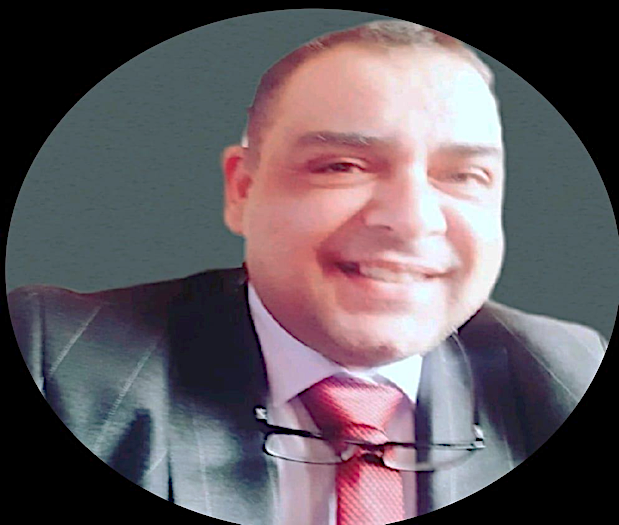
- Clinical fellowship in craniofacial surgery from Chang Gung memorial hospital and Chang Gung University, Taiwan.
- Jordanian board in plastic and Reconstructive Surgery.
- Jordanian board in general surgery.
- Bachelor of medicine and surgery from University of Jordan.
- Consultant plastic and Reconstructive Surgeon at Royal Jordanian Rehabilitation Center
- Established the cleft lip and palate multidisciplinary team unit at the Royal Jordanian Rehabilitation Center.
- Supervisor in plastic surgery fellowship training program.
- Clinical instructor and medical students teaching: University of Jordan, Balqa university of applied sciences and Muta University.
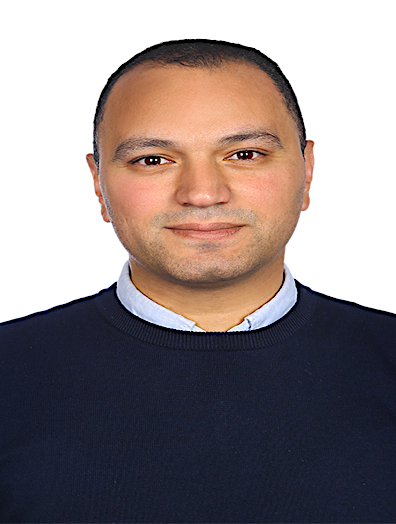
- Orthodontist in Royal Rehabilitation Center, Royal medical services.
- Jordan board of orthodontics, 2018.
- Bachelor Degree in Dental Surgery, Jordan University of Science and Technology, 2010.
- Orthodontic specialist at cleft lip and palate unit, Royal Rehabilitation center.
- General Dentist, Ministry of Health.
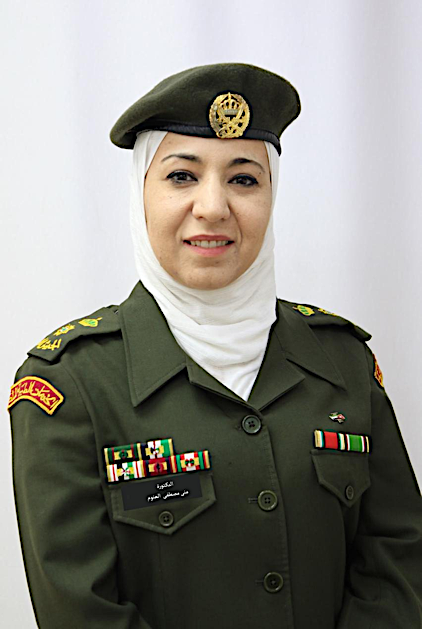
- Pediatric ENT first specialist
- Works at Queen Rania hospital for children / Royal medical services.
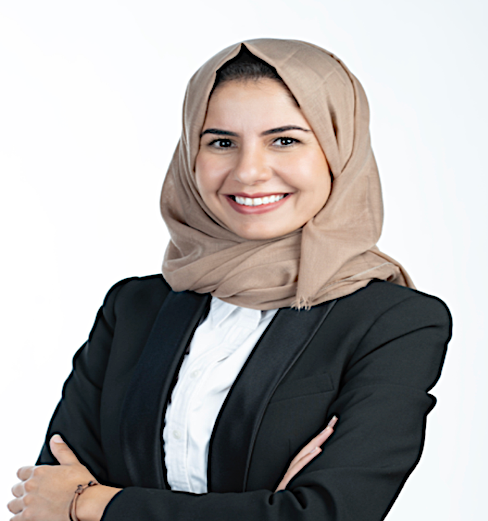
- Orthodontist at Platinum Medical Center, Doha, Qatar.
- Training at Royal United Hospitals, United Kingdom.
- General Practitioner at Platinum Dental Center, Qatar.
- Part-time Lecturer, University of Qatar.
- Jordanian Board in Orthodontics.
- Orthodontic Master degree from University of Bristol, United Kingdom.
- Member of Royal College of Surgeons – M. Orth (England), M. Orth (Edinburgh) and MFDS (Ireland).
- Bachelor Degree in Dental Surgery from Jordan University of Science & Technology, Jordan.